Why it matters: The next generation of AMD gaming GPUs has arrived. CEO Lisa Su announced the Radeon VII during AMD's CES 2019 keynote claiming the new 7nm second-generation Vega GPU can boost performance 27 to 62 percent depending on the task, has 1 terabyte/s memory bandwidth, 60 compute units operating up to 1.8GHz, and thanks to the shrink in process, the chip can squeeze 25% more performance in the same power envelope.
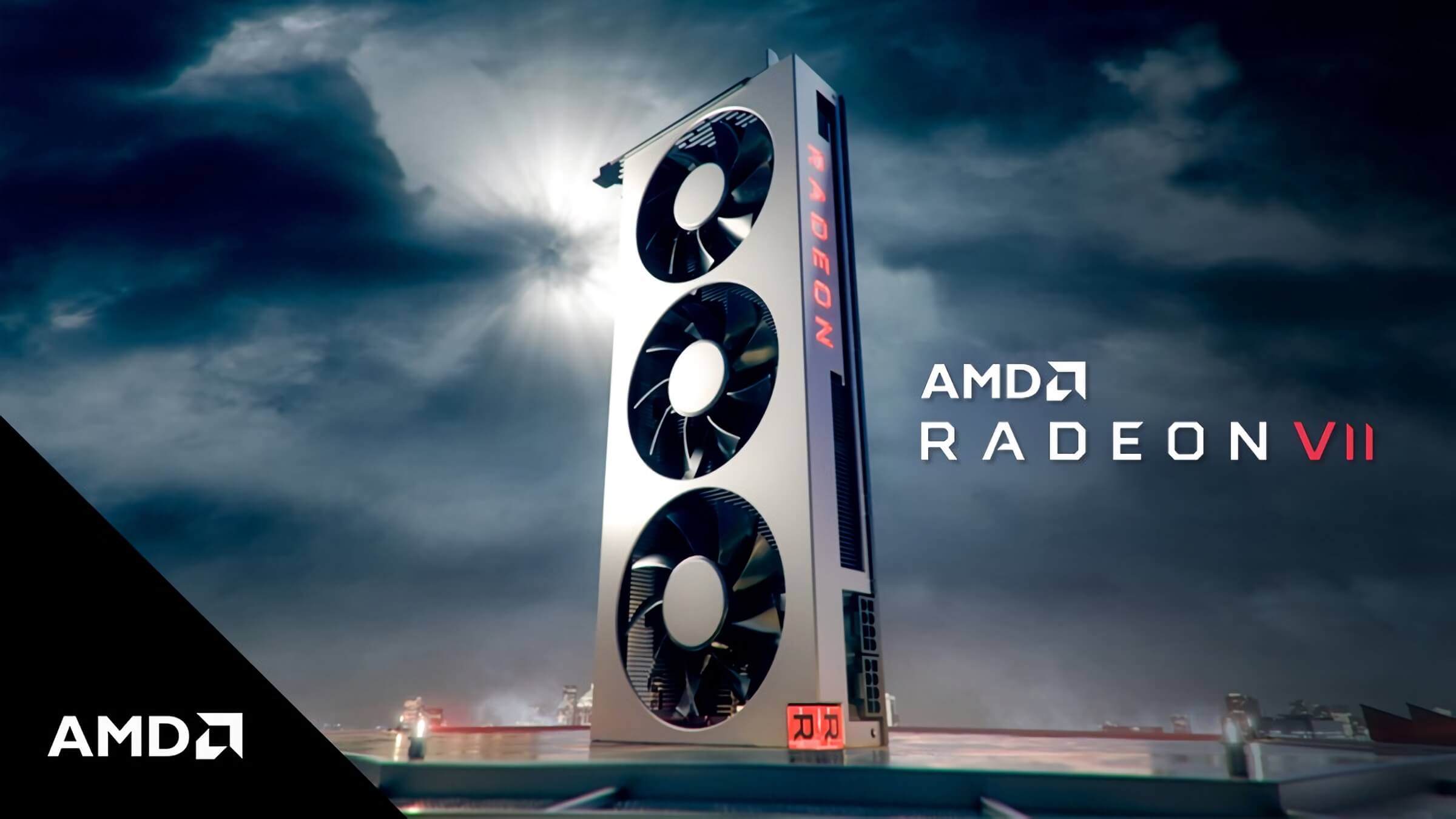
Radeon VII will be the first ever 7nm gaming GPU when it lands early February. The chip looked pretty impressive during a short demo of Devil May Cry 5, taxing the new GPU by running the game at 4K on maximum settings. The demo consistently ran between 70-120 fps only dropping below 60 fps a couple of times and only for a fraction of a second.
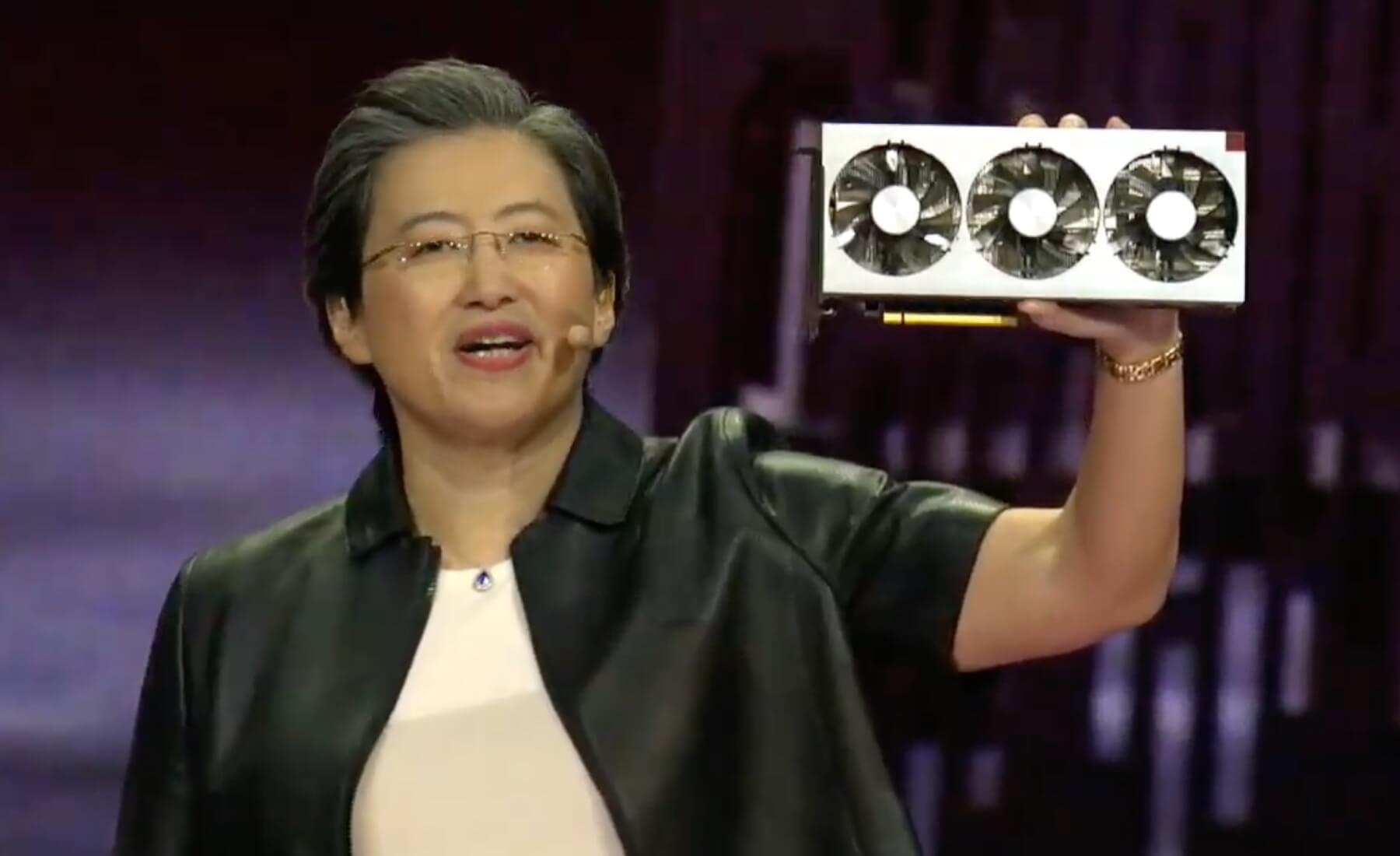
Similarly, Su showed off benchmark tests on Battlefield V, Fortnite, and Strange Brigade running 25 to 42 percent faster compared with the Radeon RX Vega 64. This boost in performance is aided by the card’s 1TB of memory bandwidth, which comes with no increase in power consumption.
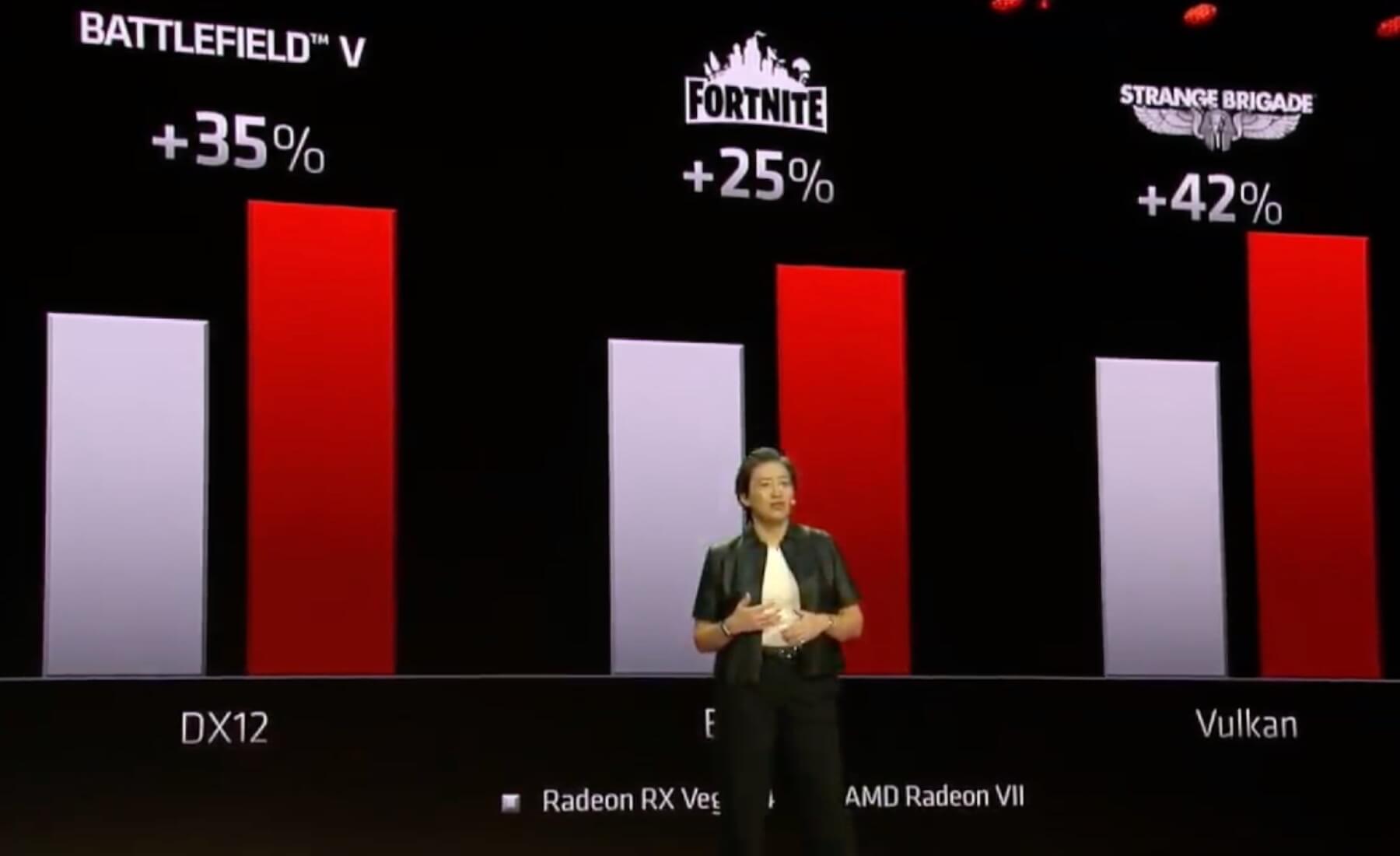
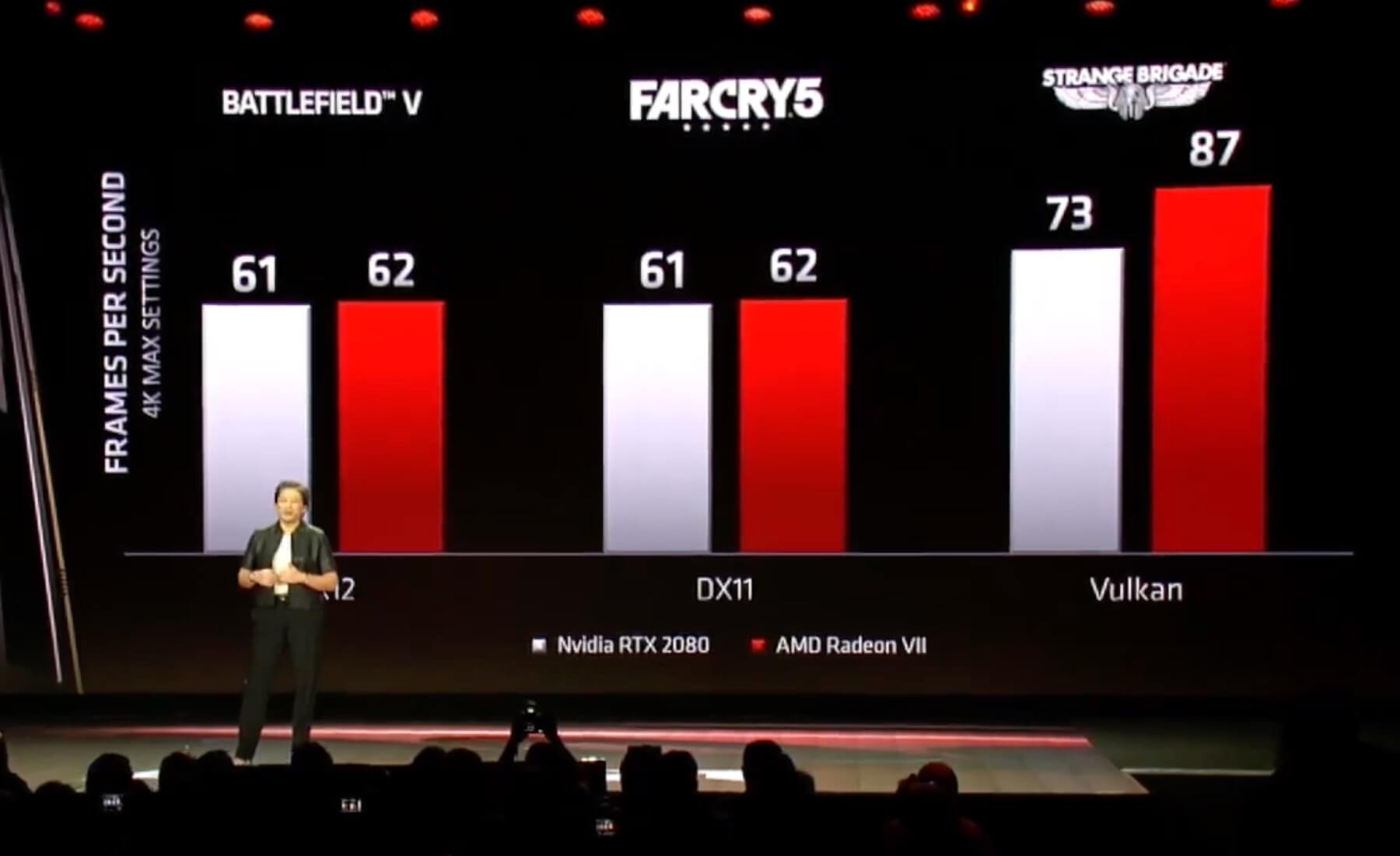
Radeon VII comes equipped with 60 compute units/3840 stream processors running at up to 1.8GHz. Its 16GB of HBM2 (second-generation high bandwidth memory) as mentioned pushes through ultra-fast speeds.
“Ground-breaking 1 TB/s memory bandwidth and a 4,096-bit memory interface paves the way for ultra-high resolution textures, hyper-realistic settings and life-like characters,” said AMD.
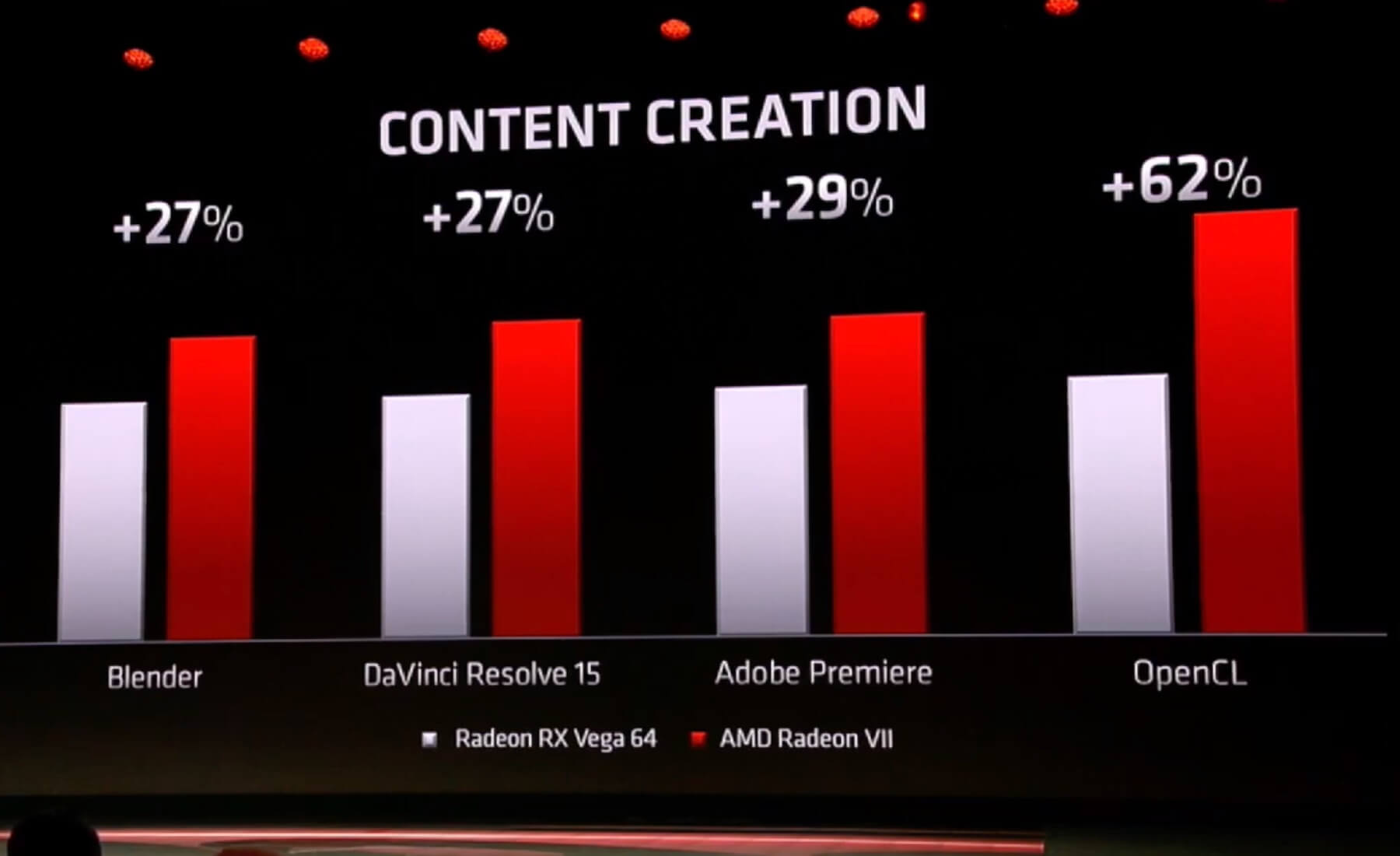
The Radeon VII will set you back $699, making it clear that AMD is looking to compete directly with the GeForce RTX 2080 that has the same MSRP (currently selling for a bit more as it’s uncontested). Given the performance claims, AMD may be onto something, but then again they barely showed any performance metrics and those were hand picked by them.
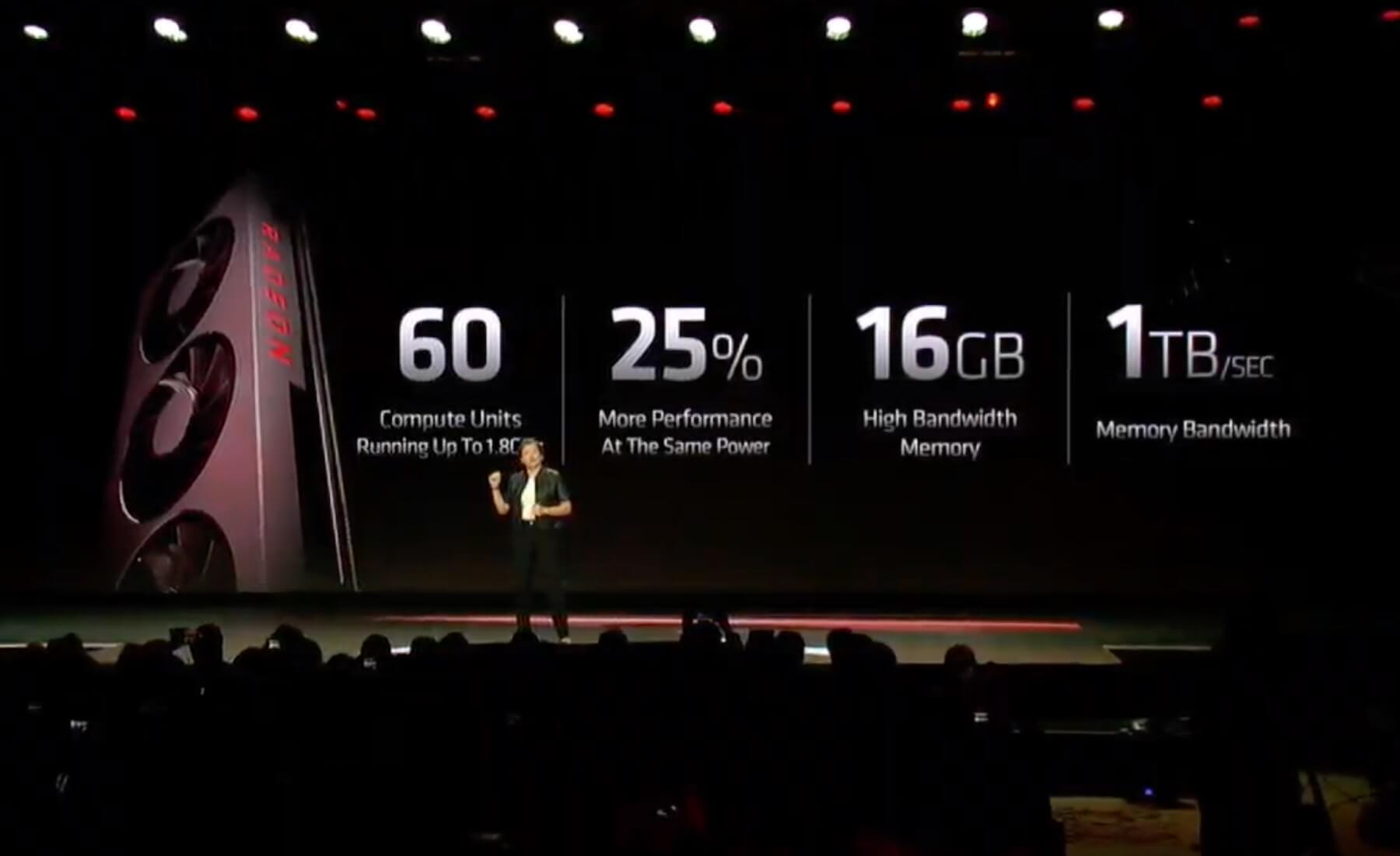
To sweeten the deal, AMD will be throwing in copies of the Resident Evil 2 remake, The Division 2, and Devil May Cry 5 with every card. That's over $150 added value, which isn't shabby. The deal will apply to computers pre-installed with he card as well. According to AMD, the Alienware Area-51 Threadripper Edition will be one of the first desktops equipped with the Radeon VII.
You can start picking up Radeon VII cards or seeing them appear as options in high-end gaming rigs starting on February 7. The company says that several leading add-in-board partners will also be offering the cards.
https://www.techspot.com/news/78196-amd-radeon-vii-world-first-7nm-gaming-gpu.html